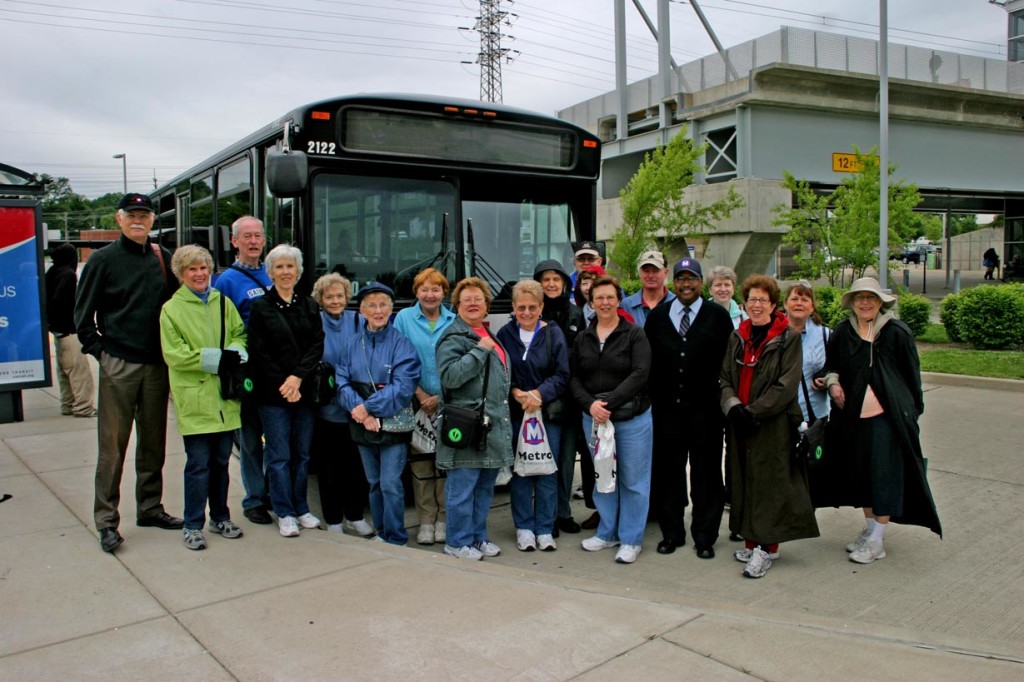Researchers from the University of Illinois have found that counties that rely more on their mass transit systems produce residents that have lower obesity rates. They say that putting more funds into these systems could promote better overall well-being.
A study by researchers at the University of Illinois explored the connection between utilizing public transportation and obesity rates by analyzing public county health and transportation data. Researchers found that getting more people to use mass transit is as effective at lowering obesity rates as getting them to engage in leisure-time physical activity. According to Sheldon H. Jacobson, lead researcher for the project, “Our research suggests that investing in convenient and affordable public transit systems may improve public health by reducing obesity rates.
When analyzing the data, researchers controlled for certain factors that are known to influence obesity rates including income, poverty, education level, access to health care, and leisure-time physical activity, and discovered that for every 1% increase in number of people who frequently use mass transit, the obesity rate for the county dropped by 0.2 percent. According to Douglas King, a researcher on the project, “Our research suggests that, in addition to benefits to the environment and greater access to transportation for residents, community-level investments into public transit systems may also benefit public health by reducing obesity rates.”
Obesity is a health issue plaguing the United States, with more than one third of the population (36.5%) considered obese. As cities, counties, and states work to improve health outcomes for residents, mass transit may be considered as an intervention to obesity. Jacobson states, “The choice to ride public transit instead of driving can create an opportunity for physical activity. For example, when someone rides the bus, they may begin their trip by walking from their home to a bus stop before boarding the bus. Then, once they get off of the bus, they may still need to walk from a bus stop to their destination.”
